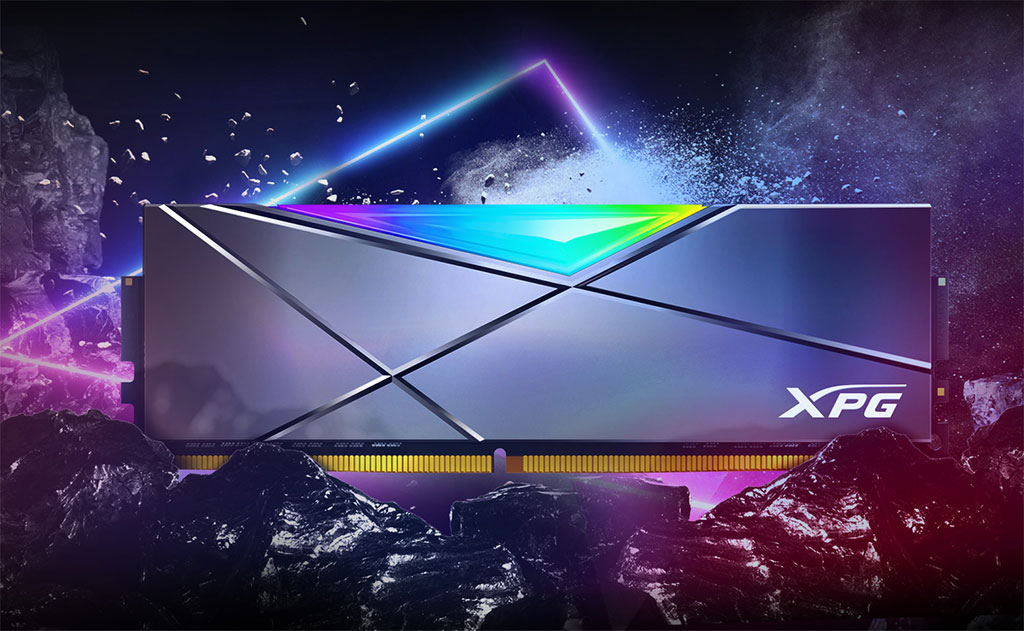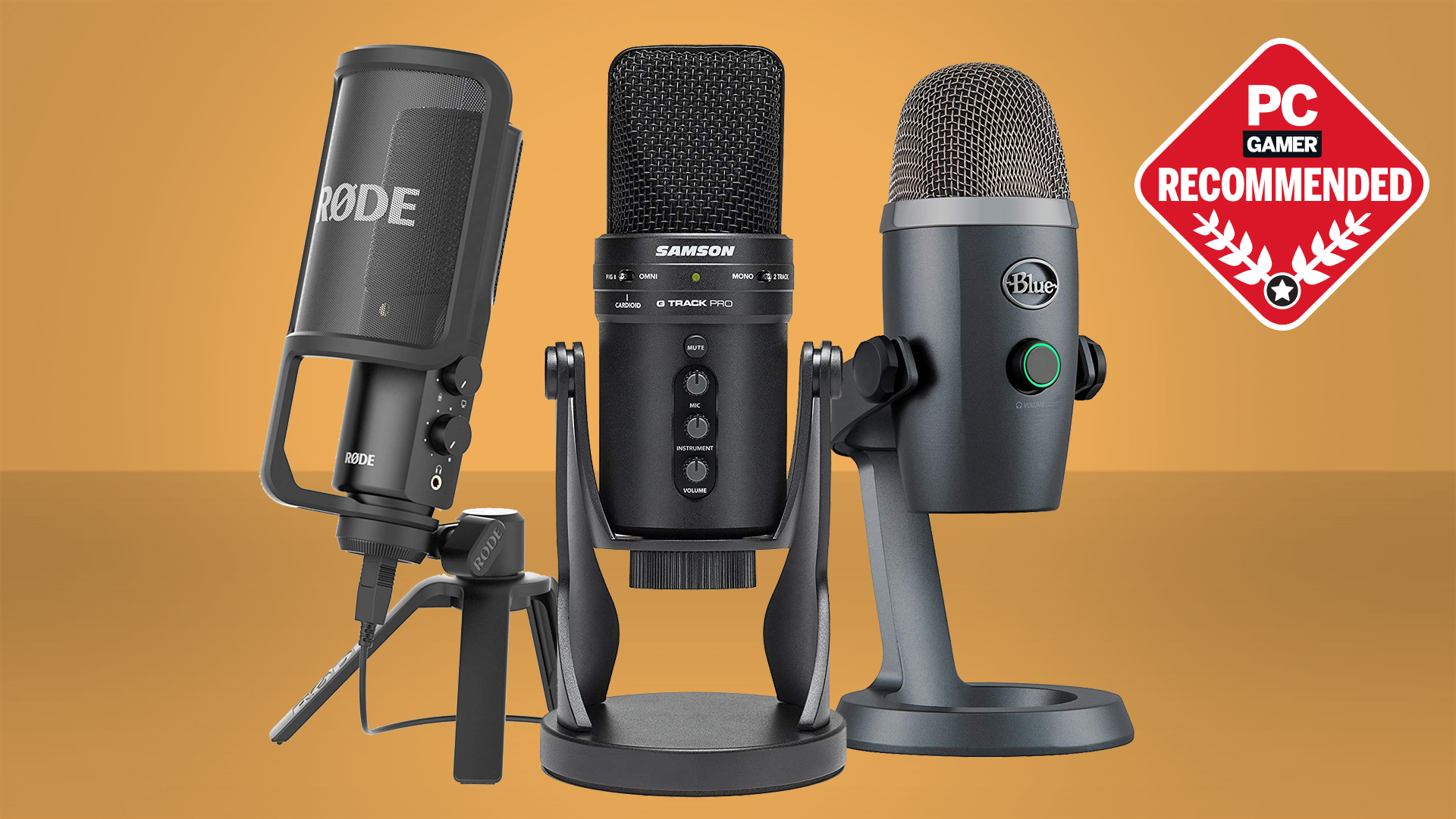Adata reaches 5,400MHz overclock on XPG Spectrix D50 Xtreme RAM
The braggadocios achievement comes less than a week after Adata hit DDR4-5300 on the same kit.

Adata is on a mission to see how far it can push its own "furiously fast" XPG Spectrix D50 Xtreme RAM, having just hit an effective DRAM frequency of 5,389MHz. Rounding up just a tad, that would qualify for a DDR4-5400 designation.
XPG is Adata's enthusiast and gaming division, similar to Asus and its Republic of Gamers (ROG) arm. And just last week, XPG had taken the same memory kit to DDR4-5300 heights, with an overclocked DRAM frequency of 5,298.8MHz.
Last time around, XPG mated its memory kit with MSI's MEG B550 Unify X motherboard and a Ryzen 7 Pro 4750G processor to run the RAM at a breakneck speed. For this latest push, however, XPG swapped the testbed for a Gigabyte B550 Vision D motherboard paired with a Ryzen 7 4700G processor.
Adata offers two flavors of this RAM: DDR4-4800 and DDR4-5000. According to a CPU-Z screenshot Adata shared, these results were obtained with the DDR4-5000 kit, which makes sense.
Playing this fast also means playing loose—the timings had to be relaxed to 20-28-28-48. To put those numbers into perspective, G.Skill this week announced an extreme low-latency DDR4-3600 memory kit with 14-15-15-35 timings.

Best microphone for gaming: make sure you're heard
Best webcams: be seen while you get your stream on
Best capture cards: lessen the load with a dedicated card
As we have examined in the past, RAM speed and capacity matter for gaming, to an extent. AMD's Ryzen processors respond better to faster memory frequencies, up to DDR4-3600. Going much higher doesn't offer much on AMD Zen 2 platforms, because you end up going past the point of running the memory clock and Infinity Fabric clock at a 1:1 ratio, which offers the best performance.
For the Ryzen 3000 series, the end of the road for a 1:1 ratio is technically 3,733MHz. AMD increased this to 4,000MHz on its Ryzen 5000 series, but in the early going, it's hit or miss, as we discovered in our review of the Ryzen 9 5900X. Alan reached out to AMD about the Ryzen 5000 series not hitting its full memory potential at launch, and was told that it is still making memory optimizations to its AGESA code that motherboard makers build their BIOSes around.
The biggest gaming news, reviews and hardware deals
Keep up to date with the most important stories and the best deals, as picked by the PC Gamer team.
Even still, optimal performance will be in the 1,900-2,000MHz range, or effectively DDR4-3800 to DDR4-4000, both of which are well below the DDR4-5400 spec. So while this is some neat flexing by Adata in the extreme memory space, you should still aim lower when plotting a Ryzen build—and a bit tighter on the timings for any build, for that matter.
Paul has been playing PC games and raking his knuckles on computer hardware since the Commodore 64. He does not have any tattoos, but thinks it would be cool to get one that reads LOAD"*",8,1. In his off time, he rides motorcycles and wrestles alligators (only one of those is true).


